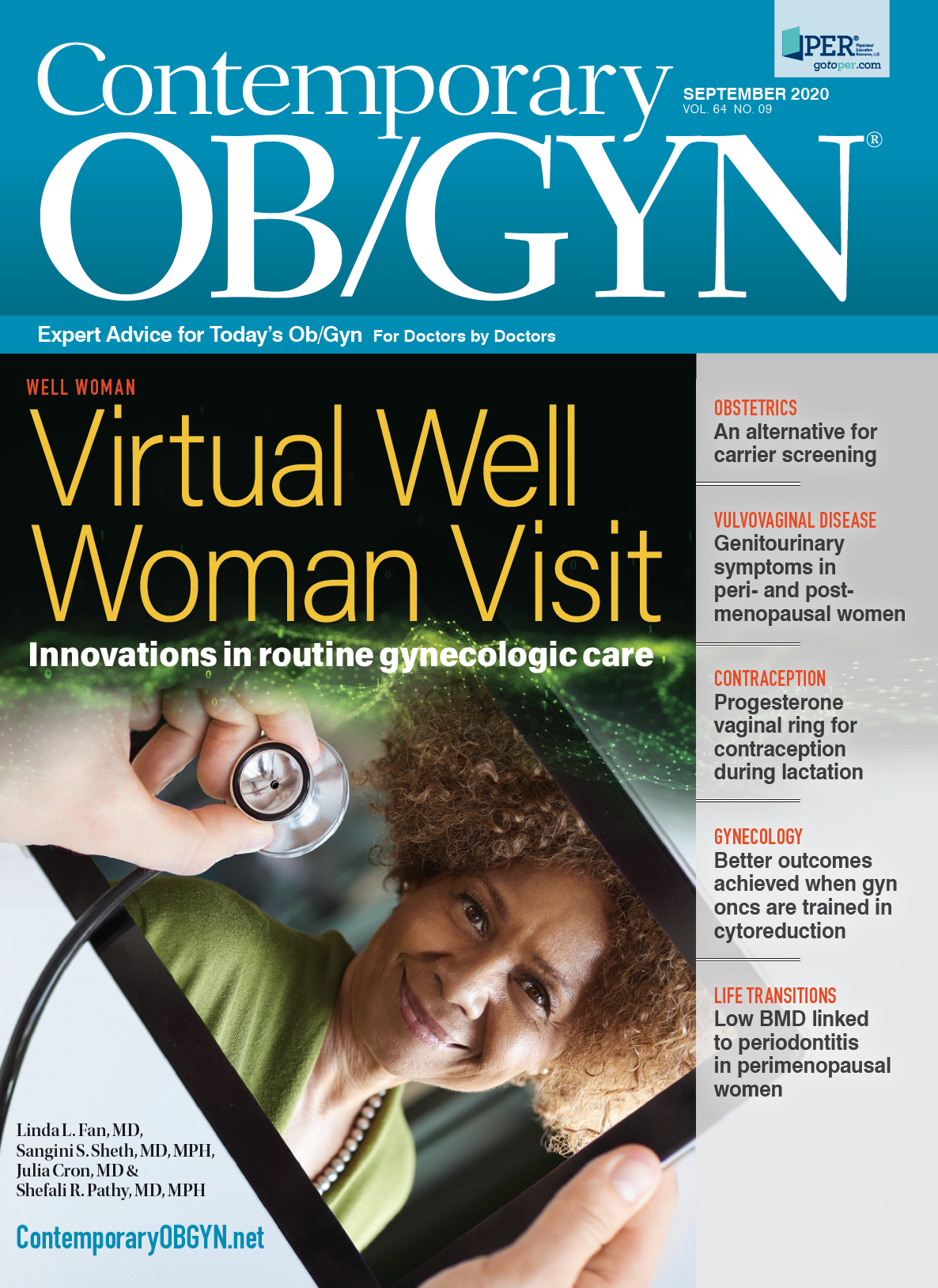Putting activity restriction to rest
As detailed in the September issue, the Society for Maternal-Fetal Medicine (SMFM) is highlighting one of these situations: the role of activity restriction in obstetric management.
Many obstetric and gynecologic practices are not based on strong evidence, despite the great strides that we’ve made in the last several decades in identifying therapies1 and providing data to support existing practice recommendations.2
We rely on expert opinion and common-sense management strategies for many conditions - in part, due to limited research for pregnant and lactating women.3 We are always in search of a new therapy, a new intervention, and data to support the therapies we provide.
Often we adopt practices that seem intuitive; however, once evaluated, we find that what seemed to make complete sense at the time is not actually supported by evidence.
As detailed in the September issue, the Society for Maternal-Fetal Medicine (SMFM) is highlighting one of these situations: the role of activity restriction in obstetric management. For decades, activity restriction – from bedrest to reducing daily activities, exercise, and/or work – was recommended with the intent to improve pregnancy outcomes.
With the concern that activity may increase uterine activity, rest was felt to be important in women with preterm labor and preterm rupture of membranes to reduce the risk of preterm birth (PTB). In the setting of premature cervical dilation, in addition to reducing uterine activity, rest – specifically bed rest or lying down – was used to reduce the “pull of gravity.”
Finally, the concept that rest might improve placental perfusion underlies recommendations in the setting of fetal growth restriction and hypertension.
Given the widespread implementation of activity restriction, evidence for or against this recommendation has been difficult to obtain. As outlined in the article, research is now available to provide guidance for our practitioners recommending against routine use of activity restriction. Furthermore, the data demonstrating risk of activity restriction – both physiologic and psychologic - are outlined.
Translating clinical research findings into practice requires a number of steps for implementation, including endorsement by professional organizations. A study that evaluated three practices (antenatal corticosteroids for fetal lung maturity, progesterone for PTB prevention, and magnesium sulfate for neuroprotection) that were endorsed by obstetric professional organizations demonstrated that duration of endorsement was important.
The longer the practice had been recommended the more likely it was to be administered.4 In addition, the setting was important, as the intervention in the outpatient setting (progesterone) was the least administered. Interestingly, over 90% of providers were satisfied with their knowledge and stated they used all three interventions, yet when eligible patients were identified, 93% were offered antenatal steroids, 71% magnesium sulfate, and 39% progesterone.4
The translation of research findings, especially when they go against common opinion, takes decades.
The initial randomized controlled trials of activity restriction for PTB – demonstrating no benefit – were published 15 and 26 years ago. I am hopeful that this expert guidance from SMFM will provide the final impetus to put this advice “to rest” – pun intended.
__
References
- NIH Consensus Statement. Effect of corticosteroids for fetal maturation on perinatal outcomes. 1994; Feb 28- Mar 2;12(2):1-24
- TitaATN, Landon MB, Spong C, Lai Y, Leveno KJ, Varner W, et al. Timing of elective repeat cesarean delivery at term and neonatal outcomes. N Engl J Med. 2009; 8;360(2):111-20 doi: 10.1056/NEJMoa0803267
- Spong, C. Addressing inequalities in women’s health research. Contemp Ob Gyn. August 2020:6.
- Bousleiman SZ, Rice MM, Moss J, Todd A, Rincon M, Mallett G, et al. Use and attitudes of obstetricians toward 3 high-risk interventions in MFMU Network hospitals. Am J Obstet Gynecol. 2015Sep;213(3):398.e1–e11doi: 10.1016/j.ajog.2015.05.005

S4E1: New RNA platform can predict pregnancy complications
February 11th 2022In this episode of Pap Talk, Contemporary OB/GYN® sat down with Maneesh Jain, CEO of Mirvie, and Michal Elovitz, MD, chief medical advisor at Mirvie, a new RNA platform that is able to predict pregnancy complications by revealing the biology of each pregnancy. They discussed recently published data regarding the platform's ability to predict preeclampsia and preterm birth.
Listen
